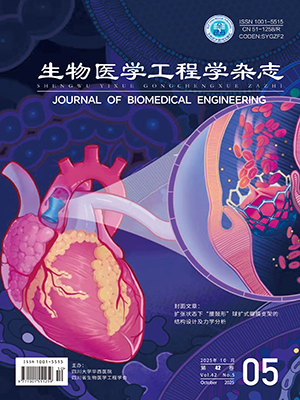Surface electromyogram (sEMG) may have low signal to noise ratios. An adaptive wavelet thresholding technique was developed in this study to remove noise contamination from sEMG signals. Compared with conventional wavelet thresholding methods, the adaptive approach can adjust thresholds based on different signal to noise ratios of the processed signal, thus effectively removing noise contamination and reducing distortion of the EMG signal. The advantage of the developed adaptive thresholding method was demonstrated using simulated and experimental sEMG recordings.
Citation: LOUZhi, DENGHao, CHENXiang, YAOBo, YANGJihai. Surface Electromyogram Denoising Using Adaptive Wavelet Thresholding. Journal of Biomedical Engineering, 2014, 31(4): 723-728. doi: 10.7507/1001-5515.20140135 Copy
Copyright © the editorial department of Journal of Biomedical Engineering of West China Medical Publisher. All rights reserved




